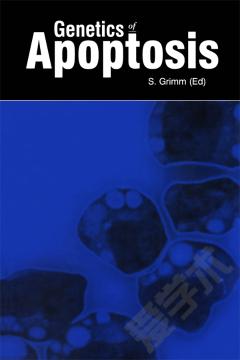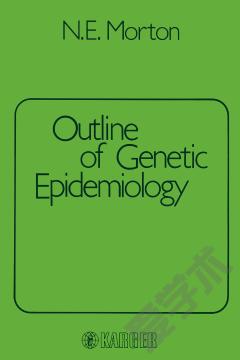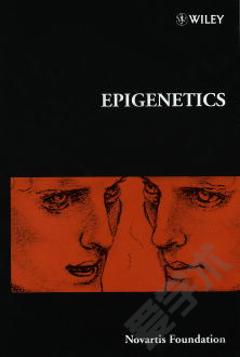Genetics of Angiogenesis
Ch 1. GENETIC DETERMINANTS OF ENDOTHELIAL CELL HETEROGENEITY, T. Minami and W.C. Aird. Introduction. Genetic predeterminants of endothelial cell heterogeneity. Vascular bed-specific VEGF signalling. Lymphatic vessels versus systemic vessels. Circulating endothelial cells. Disease states. Summary. Ch 2. CONTROL OF VASCULAR MORPHOGENESIS BY EPH RECEPTOR AND EPHRIN SIGNALLING, A. Compagni and R.H. Adams. Introduction. The Eph receptor family. The ephrin ligands. Eph/ephrins in the cardiovascular system.Roles for Eph and ephrins in cancer. Ch 3. THE ANGIOPOIETINS, W.B. Carter, A. Berger and C. Minshall. Angiopoietin-1. Angiopoietin-2. Angiopoietin 3 and 4. Summary. Ch 4. THE ETS FAMILY OF TRANSCRIPTION FACTORS, Y. Sato. Introduction. Expression and possible involvement of the ETS family of transcription factors in embryonic vascular development. Role of ETS-1 in postnatal angiogenesis. ETS-1 and endothelial apoptosis.Concluding remarks. Ch 5. POST-TRANSCRIPTIONAL REGULATION OF VEGF, G.J. Goodall, L.S. Coles, M.A. Bartley and K.J.D. Lang. Introduction. VEGF isoforms resulting form alternative splicing. Regulation of VEGF mRNA stability. Alternative polyadenylation sites. The 5' UTR. Ch 6. OXYGEN AND ANGIOGENESIS, C.-J. Hu, Y. Pan and M.C. Simon. Introduction. O2 sensing pathway. O2 and angiogenesis during normal Embryogenesis.O2 and tumor angiogenesis. Conclusions. Ch 7. ANGIOGENESIS DURING ZEBRAFISH DEVELOPMENT, S.-W. Jin, B. Jungblut and D.Y.R. Stainier. Introduction. Zebrafish as a model organism to study vascular development.Vascular development in zebrafish. Angiogenesis as a stress response and its potential use. Summary and perspectives. Ch 8. SKIN TRANSGENIC MODELS OF ANGIOGENESIS, G. Thurston and N.W. Gale. Introduction. Structure and vasculature of mouse skin. Approaches to study blood vessels in mouse skin. Molecular approaches to skin transgenics. Vascular phenotype of transgenic mice. Transgenic mice with skin carcinogenesis and angiogenesis. Discussion. Ch 9. GENETICS OF VASCULAR MALFORMATIONS, M.E. Begbie and C.L. Shovlin. Introduction. Considerations from aberrant signaling in early vasculogenesis. Malformations arising from aberrant tie/2 angiopoietin signalling. Malformations resulting from transforming growth factor (TGF)-b superfamily dysfunction. Defective cytoplasmic signalling. Overlaps and persepectives. Ch 10. COMPARISON OF GENETIC PROGRAMS FOR EMBRYONIC VASCULAR DEVELOPMENT AND ADULT ANGIOGENESIS, J.D. Coffin. Introduction. The genetic program for embryonic vascular development. The genetic program for adult angiogenesis. Comparison of genetic programs for embryonic vascular development and adult angiogenesis. Ch 11. MAPPING HUMAN VASCULAR HETEROGENEITY BY IN VIVO PHAGE DISPLAY, M.G. Kolonin, R. Pasqualini and W. Arap. Introduction. Evidence for vascular heterogeneity. Tissue-specific vascular markers. In vivo phage display. Data derived from mouse models and relevance to human vascular biology. In vivo phage display screening in humans. Conclusions. Ch 12. HETEROGENEITY IN ANGIOGENESIS, J.B. Hoying, K.R. Kidd and C.J. Sullivan. Introduction. Complexity of angiogenesis. Genomics of angiogenesis (angiomics). Conceptual models of angiogenesis. Conclusions.
{{comment.content}}








 京公网安备 11010802027623号
京公网安备 11010802027623号